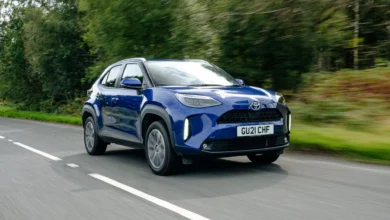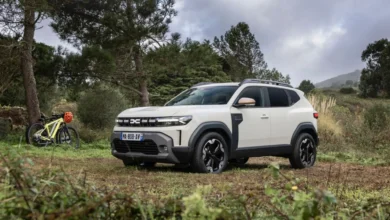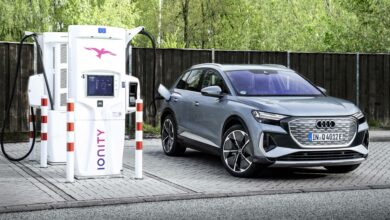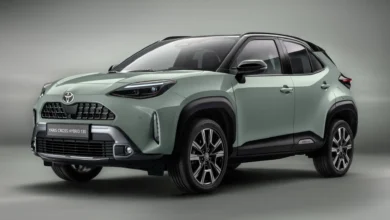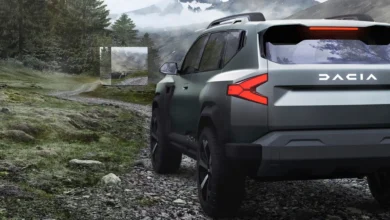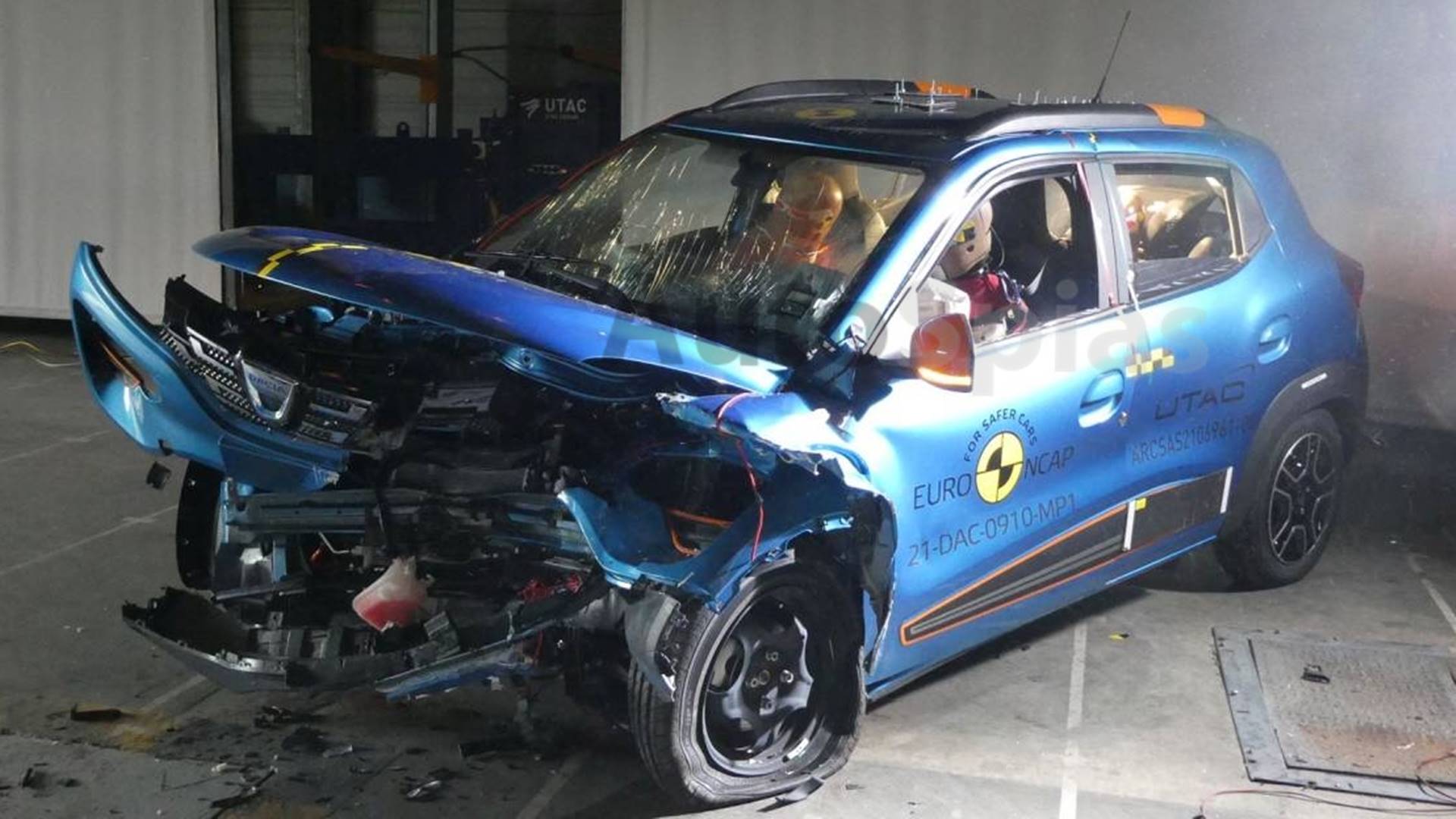
The independent European vehicle safety test body, EuroNCAP, today made an unpleasant surprise for Renault group officials. The data of the latest test, which targeted Dacia Spring and Renault Zoe, are disastrous for the French company.
According to EuroNCAP, Dacia Spring got only one star, while Renault Zoe did not get even one. If the decision regarding the first electric model of the Dacia brand was, somewhat, expected, the one that gives zero points to the Renault Zoe model is surprising. This is in the context in which the French electric model had obtained in 2013 no less than five stars.
The very example of Zoe is relevant to understanding how drastic EuroNCAP safety tests have become in recent years and how many new coordinates have been added. The current Renault Zoe is practically the same model from 2013, with small aesthetic changes and some new features.
EuroNCAP officials are also very drastic about the way they express themselves when it comes to Dacia Spring. In the press release, they state that “the all-electric Spring model, marketed as a brand new vehicle, is largely based on the Chinese-made Renault City K-ZE, a derivative of Renault Kwid, which has been sold for several years. in India and Brazil. Dacia has strong supporters all over Europe – car buyers who appreciate low prices and avoid the “unnecessary functions” of other cars. However, in the spring, the “masters of frugal engineering” launched a product that goes beyond simplicity. Its performance on impact tests is downright problematic, with a high risk of life-threatening injuries, especially in the area of the driver’s chest and rear passenger’s head in frontal impact tests. Protection is also marginal on the chest of passengers in the event of a side impact. Poor performance in the event of an accident and poor impact avoidance technology result in a one-star rating for Dacia Spring ”.
It is worth mentioning that the new generation Dacia Sandero Stepway, a model tested this year, also obtained a weak score in terms of safety. According to data published by EuroNCAP in April 2021, Sandero Stepway received a two-star rating, the same that applies to the basic version of Sandero, but also the Logan derivative.
Quick reactions from Renault and Dacia officials
“Spring is a safe vehicle, belonging to the A-segment. It is an approved model by European safety regulations that it exceeds in some respects. (For example, the AEBS – Advanced Emergency Braking System – or access to the battery for the firefighter, existing on Spring, are not mandatory according to European regulations).
Spring offers many safety features, providing better protection than most vehicles currently in circulation in Europe (including top-end models). EuroNCAP test protocols are becoming increasingly stringent every two years, especially for small, lightweight, and lightweight city vehicles.
Dacia does not necessarily aim to obtain EuroNCAP stars by including in the equipment some elements from the category of advanced driving assistance systems – ADAS (Advanced Driver Assistance Systems), which our customers do not want to use or for which they are not willing to pay at present “, the Dacia officials declared.
At the same time, Renault claims that “ZOE E-TECH Electric is a safe vehicle and complies with all safety standards. These standards are constantly evolving and becoming more stringent, both in terms of safety and consumption. As such, Renault is constantly improving its vehicles to comply with regulations in all markets in which they are sold.
ZOE was launched in 2013 and at that time received 5 stars with the EuroNCAP protocol. The EuroNCAP protocol has undergone 5 changes since 2013. With the same equipment, a model can lose up to 2 stars with each change of protocol.
The evolution of the current ZOE model was decided in 2017, adapting passive safety equipment to real accidentally and updating the vehicle with state-of-the-art ADAS equipment such as advanced emergency braking with pedestrian and cyclist detection, lane departure warning, and lane-keeping assistance, using a radar and a camera ”.

